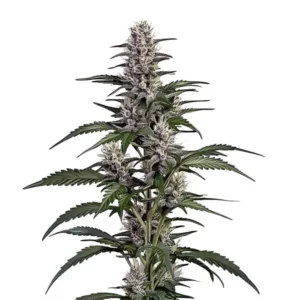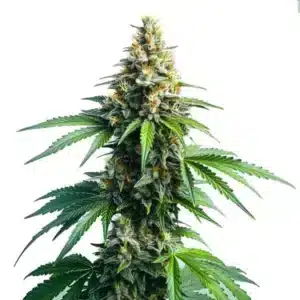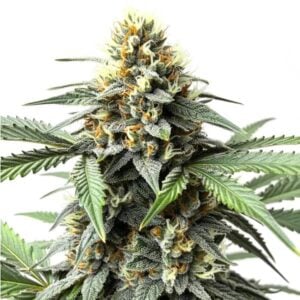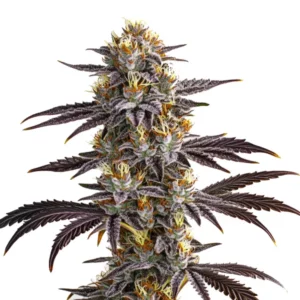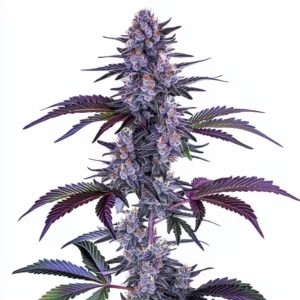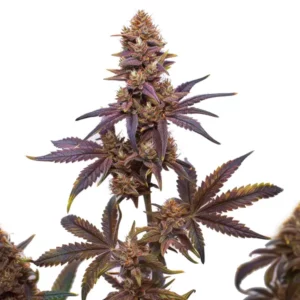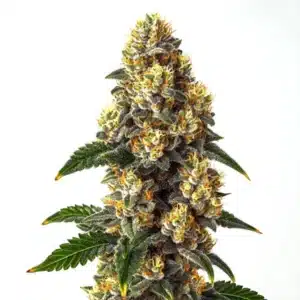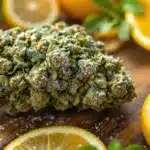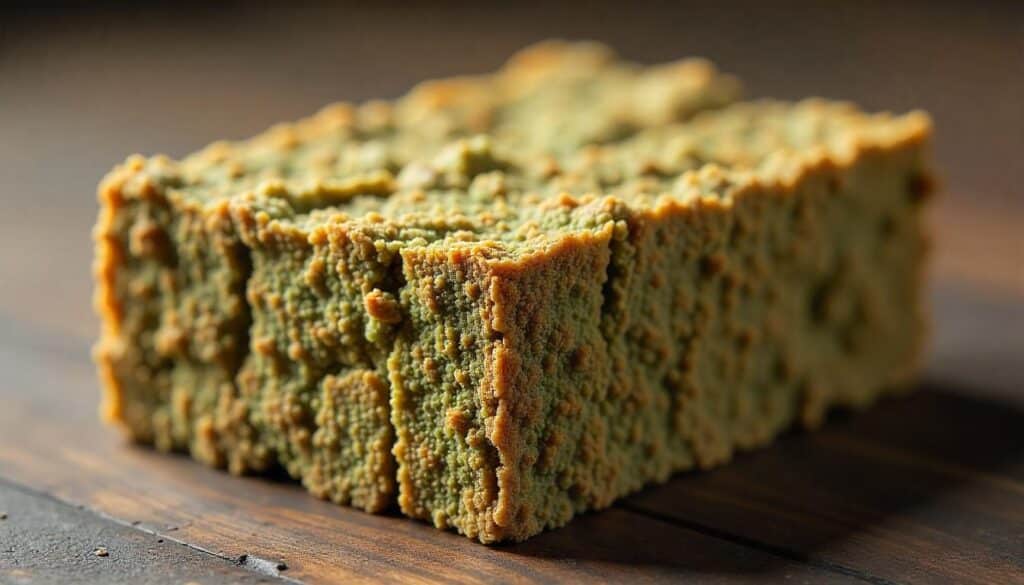
A Relic of the Past: A Guide to “Brick” Cannabis
Let’s take a trip in a time machine. Back to the days before legal dispensaries on every corner, before a thousand exotic strains, before you could even dream of choosing your own flavor profile. For a long time, for many people, there was just one option: “brick” cannabis.
It’s a true piece of cannabis history, and understanding what it is, why it existed, and what it tells us about quality is a lesson for any true connoisseur.
Recommended Strains
Afghan Autoflower
|
|
THC | 15% - 17% (Medium) |
|
|
Type | Autoflowering |
|
|
Yield | Medium |
|
|
Phenotype | 90% Indica / 10% Sativa |
Afghan Kush
|
|
THC | 16% - 21% (Medium) |
|
|
Type | Feminized |
|
|
Yield | Medium |
|
|
Phenotype | 90% Indica / 10% Sativa |
What Is It, and Why on Earth Is It a Brick?
Brick cannabis is exactly what it sounds like: cannabis flowers that have been compressed under immense pressure into a hard, dense, brick-like block.
The reason for its existence is brutally simple: smuggling. A brick is much smaller, denser, and easier to transport and hide than a big, fluffy, and incredibly aromatic bag of beautiful buds. It was a product born of necessity in an era of prohibition.
When the flowers are compressed, the natural resin of the plant acts like glue. It’s a similar effect to what happens when you vacuum-seal a bag of puffy food, all the air is forced out, and the contents get squashed into a dense, hard shape. That’s brick cannabis.
Promos & Deals
The Great Trade-Off: Potency vs. Flavor
So, what’s the problem with brick cannabis? Why does it have such a bad reputation? It all comes down to what that immense pressure and the heat it generates does to the flower.
That process is absolutely brutal on the delicate parts of the plant.
- It crushes the beautiful bud structure.
- Most importantly, it destroys almost all of the volatile terpenes, the fragile compounds that give cannabis its amazing and diverse flavors and aromas.
The result is a product that often smells like dried hay or tea and has a harsh, unpleasant taste when smoked. All the beautiful character of the plant is sacrificed.
But here’s the surprising part. While the flavor is gone, the THC is often more durable. That heat and pressure doesn’t necessarily destroy all the cannabinoids. So while it’s often made from lower-grade outdoor plants to begin with, a brick can still be reasonably potent.
This is the great trade-off of brick cannabis: you sacrifice all the flavor, aroma, and overall quality for a cheap and easily transportable product.
With the rise of legalization and sophisticated Homegrown cultivation, there’s simply no need for it in most places anymore. We, as a Community, have evolved to value the art and flavor of a well-grown and cured flower. The brick is a relic, a reminder of a tougher time, and a perfect example of why we should always Nurture our plants from seed to smoke.
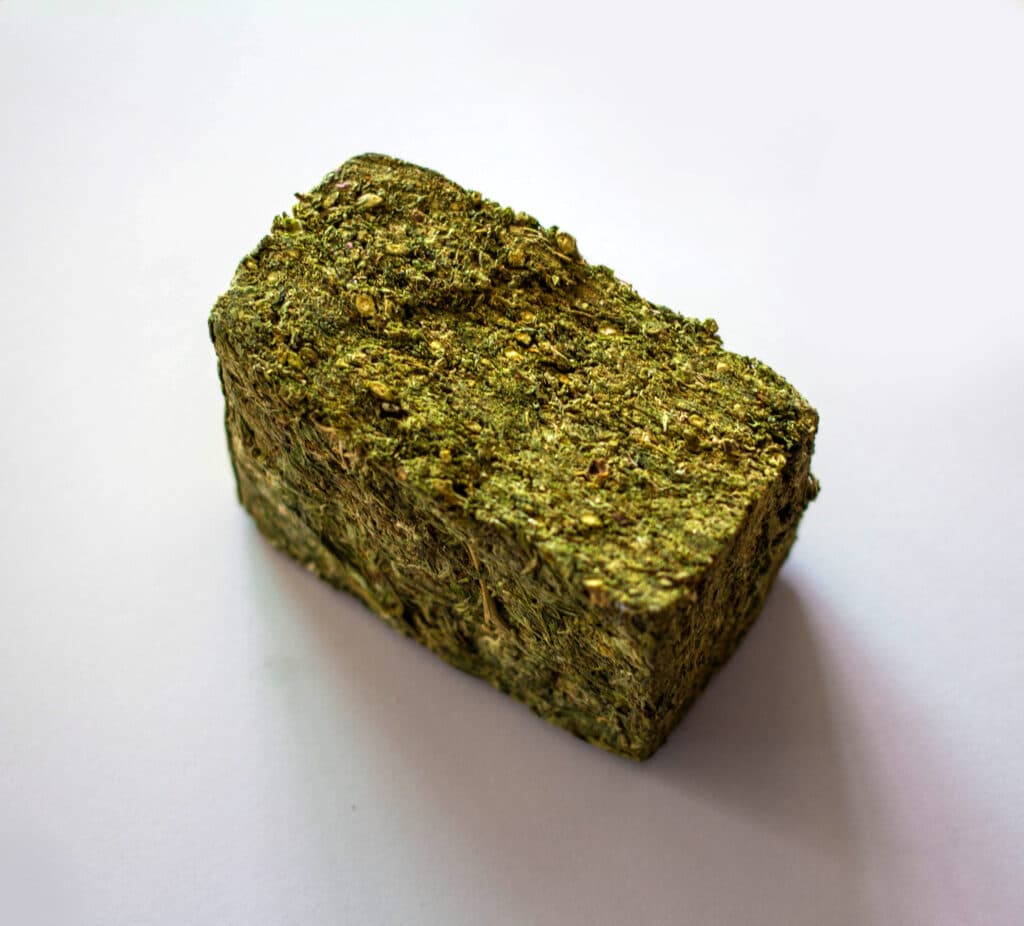
Frequently Asked Questions
What is “brick” cannabis?
It’s cannabis that has been tightly compressed into a hard, dense block. This was traditionally done to make it smaller and easier to smuggle and transport when cannabis was illegal.
Why is brick cannabis so dense and hard?
The immense pressure used to create the brick forces the air out and causes the natural resin on the flowers to act like a glue, binding all the plant material together into a solid mass, similar to how food gets compressed when it’s vacuum-sealed.
Is brick cannabis less potent than regular buds?
Often, yes, as it’s typically made from lower-quality starting material. However, the biggest loss comes from the destruction of terpenes, not necessarily all of the THC. The heat and pressure destroy the flavor and aroma, but it can still retain a surprising amount of potency, even if the experience is harsh.
Why does brick cannabis usually taste and smell so bad?
Because the delicate compounds that create flavor and aroma, called terpenes, are very volatile. The heat and pressure of the compression process effectively destroy them, leaving behind a product that often smells and tastes like dried grass or hay.


